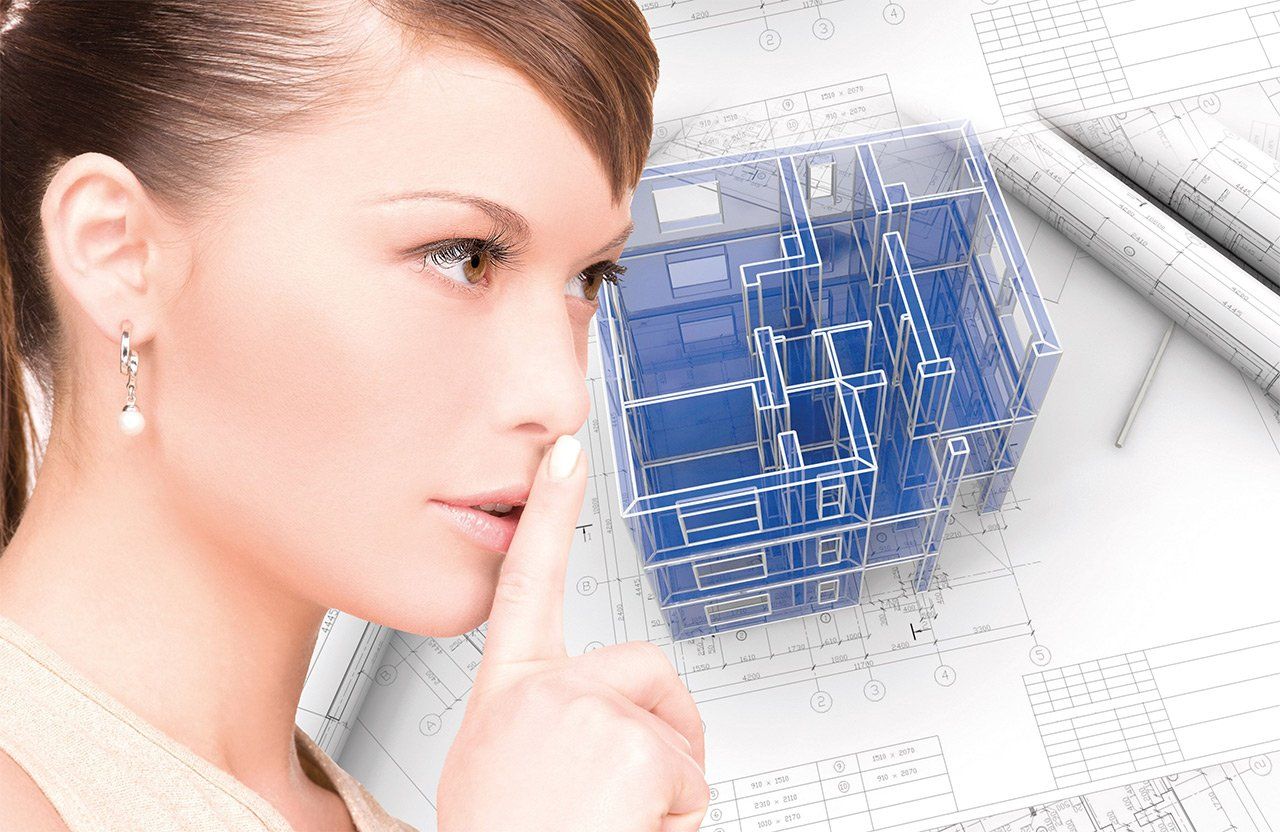BCA COMPLIANCE
BCA Compliance
1800 DAMTEC-
City skyline
Photo By: John Doe
Button
Significant Changes Have Been Made to the Building Code of Australia 2016 (Part F5) for the Sound Insulation Rating of Floors.
As of May 1st, 2016 all previous Laboratory test results presented by Acoustic underlay suppliers that made reference to Lnw + Ci ratings are now deemed non-compliant to the new BCA requirement in order to align with International Building codes. This also applies to previous field test results that make reference to LnTw + Ci ratings as the Ci correction term has since been deleted.
Please refer to the highlighted extract below from the NCC 2016-Building Code of Australia as confirmation of this amendment.
| Reference | Changes and Commentary |
|---|---|
| FV4.2 | A new Verification Method has been inserted as an option to verify compliance with Performance Requirements FP4.3 and FP4.2 is a means for verifying that a carpark ventilated with outdoor air has suitable indoor air quality. The new Verification Method is applicable to class 7a buildings. |
| F4.3(a)(ii) | F4.3(a)(ii) has been amended to clarify that the aggregate light transmitting area of a glazed panel or opening cannot be less than 10% of the floor area of the room to which it provides light. |
| F4.6(a)(i) | F4.6(a)(i) has been amended to clarify that the ventilating area must be not less than 5% of the floor area of the room required to be ventilated. |
| FV5.1(b), F5.3(a)(i), F5.4(a) and Specification F5.2 Clause 2 | The spectral adaptation term (C, correction) for impact sound insulation rating descriptirs LnT,w and Ln,w has been deleted to align with international building codes. |
Therefore in order to comply with the new and amended BCA requirements as per Part F5.3 – Determination of Impact Sound insulation ratings
and F5.4 – Sound Insulation rating of floors
for Class 2 or 3 buildings, acoustic underlay suppliers must demonstrate that their Laboratory Test results, in accordance with ISO 717.2, achieve an Lnw (impact) rating of no more 62. This also applies to any field testing that is carried out. The test sample must demonstrate that it achieves an LnTw rating of no more than 62.
Please refer to the extract below from the NCC 2016-Building Code of Australia as confirmation of this amendment.
F5.3 Determination of Impact Sound Insulation Ratings
(a) A floor in a building required
to have an impact sound insulation rating must:
(i) have the requried value for weighted normalised impact sound pressure level (Ln,w) determined in accordance with AS ISO 717.2 using results from laboratory measurements; or(ii) comply with Specification F5.2
F5.4 Sound Insulation Rating of Floors
(a) A floor in a class 2 or 3 building must have an Rw + Ctr (airborne) not less than 50 and an Ln,w (impact) not more than 62 if it seperates:
(i) sole-occupancy units; or(ii) a sole-occupancy units from a plant room, lift shaft, stairway, public corridor, public lobby or the like, or parts of a different classification.
(b) A floor in a class 9c building separating sole-occupancy units
must have an Rw not less than 45.
**N.B. - There are many instances whereby the Impact Sound specification requirements for compliance might exceed the basic requirements of the BCA as outlined above. Please consult and confirm with the appropriate authority.
DOWNLOAD PDF
-
City skyline
Photo By: John Doe
Button
We are an internationally acknowledged
and recognised manufacturer of ready
to install products for impact sound
reduction.
Contact Info
Phone:
1800 DAMTEC
Phone: 1800 326 832
Fax:
03 9462 4661
Email: enquiries@damtec.com.au
VIC Head Office
© Copyright 2017 | All Rights Reserved |
Damtec®
Acoustic Underlay | Designed by
Search Marketing Specialists



